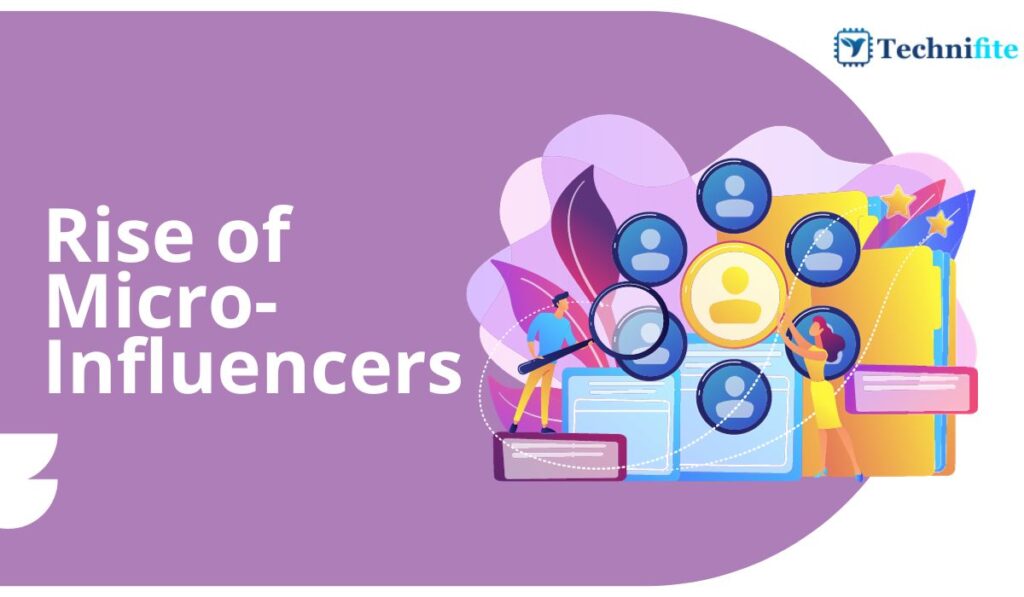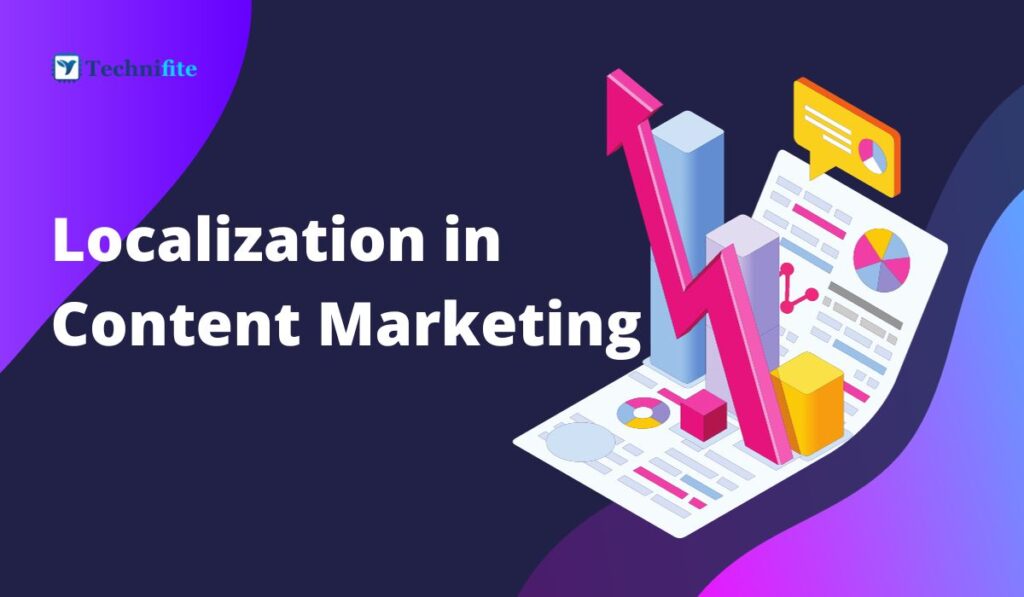Rise of Micro-Influencers: In the ever-evolving landscape of social media marketing, a new trend has emerged, shifting the focus from sheer numbers to authenticity and engagement. Micro-influencers, individuals with modest social media followings but high engagement rates, have taken the digital marketing world by storm. Their prominence signifies a paradigm shift in how brands connect with their target audiences. In this in-depth exploration, we will dissect the phenomenon of micro-influencers, unravelling the reasons behind their success and demonstrating how these small audiences can significantly impact social media marketing strategies.
The Essence of Micro-Influencers: Authenticity Over Reach
Traditional influencers often boast massive follower counts, reaching hundreds or millions of users. However, users have developed a keen sense of discernment as social media platforms become saturated with sponsored content. They crave authenticity and genuine connections, qualities that micro-influencers embody effortlessly.
1. Authenticity and Relatability: The Hallmarks of Micro-Influencers
Micro-influencers are typically passionate about specific niches like fitness, travel, fashion, or food. Their genuine enthusiasm for their interests shines through in their content, resonating deeply with their followers. Unlike macro-influencers, micro-influencers often have personal relationships with their audience, making their endorsements and recommendations more trustworthy.
2. High Engagement Rates: Quality Over Quantity
While macro-influencers might have larger follower numbers, micro-influencers boast significantly higher engagement rates. Their smaller, dedicated audience actively engages with their posts, liking, commenting, and sharing content. This heightened engagement results from the trust and credibility micro-influencers build within their communities, leading to authentic conversations and interactions.
3. Cost-Effectiveness: Maximizing ROI for Brands
Collaborating with micro-influencers is a cost-effective strategy for brands, especially those with limited marketing budgets. Micro-influencers often charge lower fees than their macro counterparts, making it financially feasible for businesses of all sizes. Additionally, the return on investment (ROI) tends to be higher due to their audience’s targeted and engaged nature.
The Impact of Micro-Influencers on Social Media Marketing
The influence of micro-influencers extends far beyond their modest follower counts. They wield the power to drive sales, boost brand awareness, and shape public opinion. Here’s how micro-influencers are making a substantial impact on social media marketing:
1. Authentic Product Recommendations: Driving Purchasing Decisions
Micro-influencers excel at creating authentic product recommendations that resonate with their audience. Their followers view them as friends or peers, making their endorsements highly influential. When micro-influencers rave about a product or service, their audience is more inclined to purchase, increasing sales for the brands they promote.
2. Niche Expertise: Catering to Specific Audiences
Micro-influencers often specialize in niche areas, allowing brands to precisely target specific demographics. Whether it’s vegan cooking, sustainable fashion, or digital nomad lifestyle, micro-influencers offer access to niche markets that might be challenging to reach through broader marketing strategies. This targeted approach ensures that promotional efforts reach the right audience, maximizing impact and relevance.
3. User-Generated Content: Building Community and Trust
Collaborating with micro-influencers encourages user-generated content, fostering a sense of community around a brand. When followers see their peers using and enjoying a product or service, it builds trust and credibility. User-generated content acts as social proof, assuring potential customers of the product’s quality and authenticity, and increasing brand trust and loyalty.
4. Storytelling and Engagement: Creating Meaningful Connections
Micro-influencers excel at storytelling, weaving narratives around products or experiences. They create emotional connections with their audience through engaging storytelling, eliciting empathy and relatability. When followers connect emotionally with a brand’s story, they are likelier to become loyal customers, driving long-term success for the business.
Collaborating with Micro-Influencers: Best Practices
To harness micro-influencers’ potential effectively, brands need to approach collaborations strategically. Here are some best practices to consider when collaborating with micro-influencers:
1. Research and Authentic Alignment: Find the Right Fit
Before reaching out to micro-influencers, conduct thorough research to identify individuals whose values and interests align with your brand. Authentic alignment ensures that the influencer’s endorsements feel genuine, resonating with their audience organically. Look for influencers whose content and style align with your brand image for a seamless collaboration.
2. Engage in Meaningful Partnerships: Nurture Relationships
Build genuine relationships with micro-influencers based on mutual respect and clear communication. Engage in meaningful partnerships that allow influencers creative freedom while ensuring the brand message is conveyed effectively. Collaborate on long-term campaigns, allowing influencers to authentically integrate products or services into their content over time.
3. Encourage Creativity and Transparency: Authentic Content Creation
Empower micro-influencers to be creative and authentic in their content creation. Encourage them to share personal stories, experiences, and opinions about your brand. Authenticity and transparency are key to building trust with their audience. Avoid overly scripted content; let influencers infuse their unique personality into their endorsements for a genuine impact.
4. Measure Impact: Track Performance and Adjust Strategies
Utilize analytics tools to measure the impact of micro-influencer campaigns. Track metrics such as engagement, website traffic, conversion, and social media mentions. Analyzing these data points provides valuable insights into the campaign’s effectiveness. Use this data to refine future strategies, identify what works best, and adapt approaches accordingly.
Conclusion
Micro-influencers’ rise signifies a fundamental shift in social media marketing, emphasizing the importance of authenticity, engagement, and targeted outreach. As consumers become more discerning, brands must adapt their strategies to meet the evolving demands of the digital landscape. Collaborating with micro-influencers offers a unique opportunity to connect with audiences personally, fostering trust and loyalty.
In this era where small audiences wield significant influence, brands that embrace micro-influencers power stand to gain a competitive advantage. By nurturing genuine relationships, encouraging creativity, and measuring impact, businesses can leverage micro-influencers authenticity to create lasting connections with their customers. As we move forward, the symbiotic relationship between brands and micro-influencers will continue to shape the future of social media marketing, paving the way for more meaningful and impactful digital interactions.
Frequently Asked Questions (FAQs)
What Exactly Is a Micro-Influencer?
A micro-influencer has a relatively small but highly engaged social media following, typically ranging from a few hundred to a few thousand followers. Unlike macro-influencers, micro-influencers often focus on specific niche topics, and their authenticity and relatability make them influential among their dedicated audience. Brands collaborate with micro-influencers to promote products, services, or causes, leveraging their genuine connections with followers for effective marketing campaigns.
How Do Micro-Influencers Differ from Traditional Influencers?
Micro-influencers differ from traditional influencers primarily in their follower count and engagement rates. While traditional influencers often have large follower numbers in the hundreds of thousands or millions, micro-influencers have smaller, more intimate audiences. The key distinction lies in the high engagement levels micro-influencers enjoy due to their genuine interactions with their followers, making their endorsements more authentic and influential.
Why Should Brands Consider Collaborating with Micro-Influencers?
Brands should consider collaborating with micro-influencers because of their ability to create authentic connections with specific target audiences. Micro-influencers offer highly targeted, niche expertise, making them ideal for promoting products or services to specific demographics. Their genuine recommendations and relatable content foster trust and credibility, leading to higher engagement rates, increased brand loyalty, and, ultimately, more conversions.
How Can I Find the Right Micro-Influencers for My Brand?
Finding the right micro-influencers involves thorough research and understanding of your target audience. Identify influencers whose values and interests align with your brand. Utilize social media platforms and influencer marketing tools to search for relevant keywords, hashtags, and niches. Look for influencers whose content style resonates with your brand image. Reviewing their previous collaborations, engagement rates, and authenticity is essential to ensure a genuine fit.
What Are the Benefits of Working with Micro-Influencers for Small Businesses?
Working with micro-influencers offers numerous benefits for small businesses. Micro-influencers are often more affordable than macro-influencers, making influencer marketing accessible to businesses with limited budgets. Their highly engaged audience ensures that marketing efforts reach a receptive audience, increasing brand visibility and credibility. Additionally, micro-influencers can provide valuable user-generated content, strengthening brand-community relationships and driving organic growth for small businesses.


